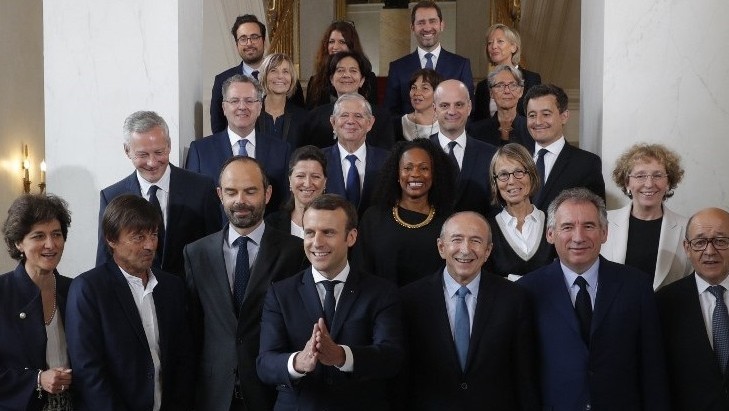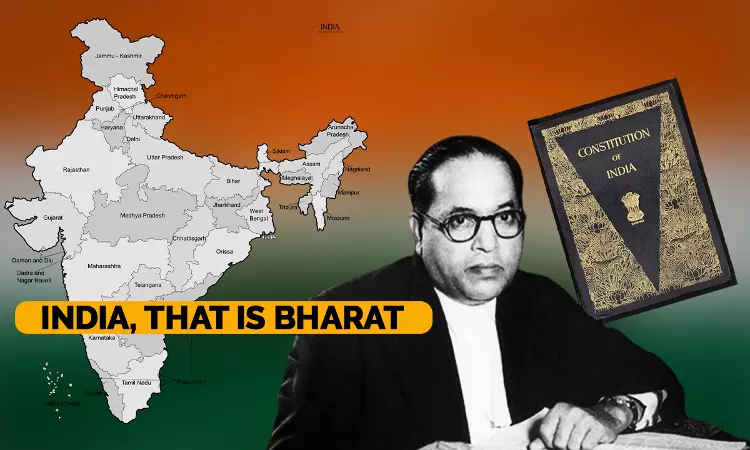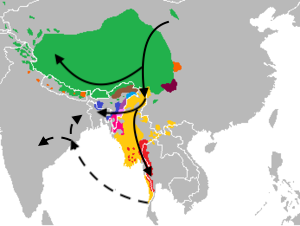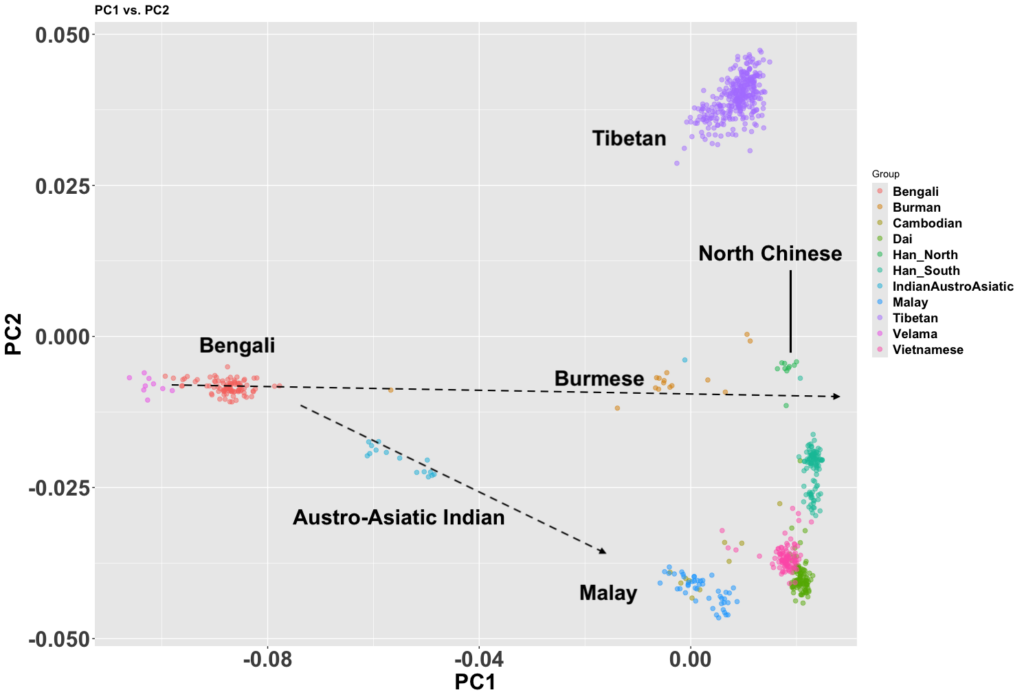Waqf properties, governed under Islamic law, make up the third-largest landholdings in India. Spanning nearly 900k properties & 2.3mn acres—roughly the size of Delaware or Luxembourg—they include iconic sites like the Taj Mahal, Jama Masjid, and Charminar. Despite their cultural significance and prime urban locations, these properties have faced scrutiny for mismanagement, with their total value estimated at ₹1.2 lakh crore ($14.5 billion).

Waqf refers to properties dedicated to religious or charitable purposes under Islamic law. Once designated as waqf, ownership is transferred irrevocably to Allah. There are 32 waqf boards in India, including two Shia boards, with about 200 individuals managing them. Once a property is declared waqf, it remains so indefinitely, leading to disputes such as claims on islands in Bet Dwarka, the Bengaluru Eidgah ground, and Kolkata’s Tollygunge Club. Some of these properties, like the Royal Calcutta Golf Club and ITC Windsor Hotel, have historical significance dating back to the Mughal era.
The Waqf (Amendment) Bill 2024
The Waqf (Amendment) Bill 2024, currently under review, proposes around 40 amendments to the existing Waqf Act of 1995. It seeks to overhaul how these properties are governed, introducing non-Muslims and Muslim women into Waqf board governance, updating the registration process, and shifting property dispute resolutions from Waqf tribunals to civil courts. The aim is to improve transparency and accountability across the nearly 1 million properties controlled by 32 Waqf boards.

Historical Context
Waqf properties trace back to the Delhi Sultanate and were formally regulated during the British era under the Mussalman Waqf Act of 1923. This act aimed to curb the misuse of Waqf properties, but even today, mismanagement, corruption, and encroachments plague these lands, prompting calls for reform. The 1995 Waqf Act, later amended in 2013, did little to prevent the ongoing inefficiencies, leading to the introduction of the Waqf (Amendment) Bill 2024.
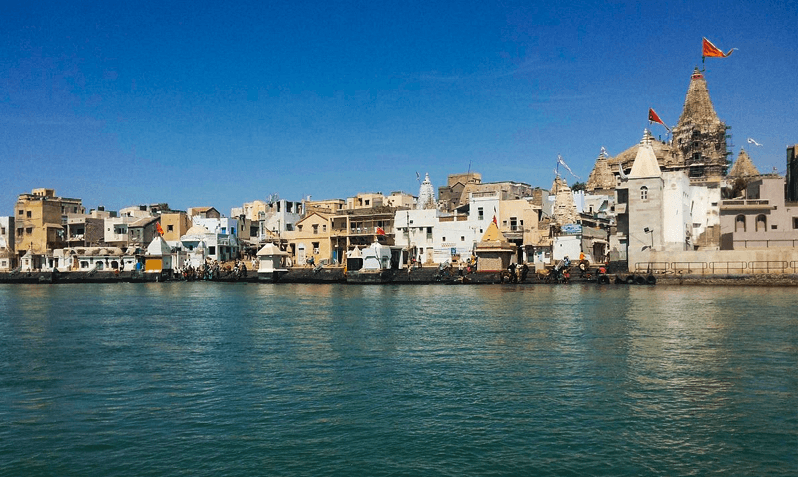
Continue reading The Battle for the Taj Mahal & India’s Sacred Lands: Waqf Boards Under Fire





